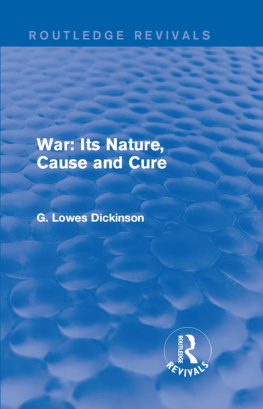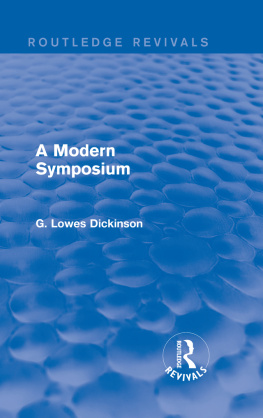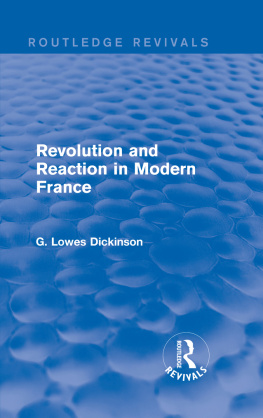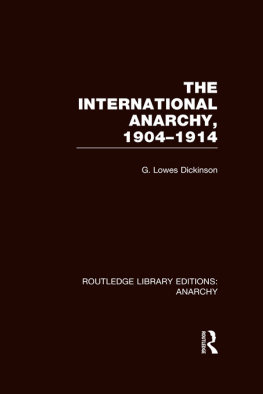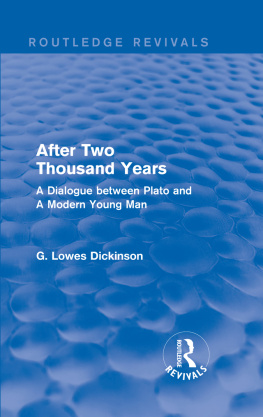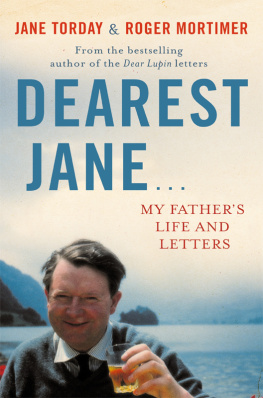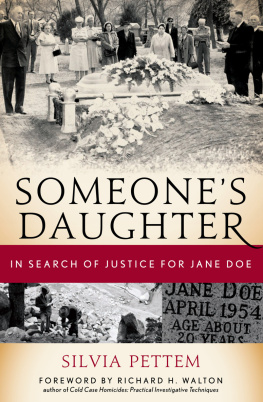Jane Gulliford Lowes - The Horsekeepers Daughter
Here you can read online Jane Gulliford Lowes - The Horsekeepers Daughter full text of the book (entire story) in english for free. Download pdf and epub, get meaning, cover and reviews about this ebook. year: 2018, publisher: Troubador Publishing Ltd, genre: Non-fiction. Description of the work, (preface) as well as reviews are available. Best literature library LitArk.com created for fans of good reading and offers a wide selection of genres:
Romance novel
Science fiction
Adventure
Detective
Science
History
Home and family
Prose
Art
Politics
Computer
Non-fiction
Religion
Business
Children
Humor
Choose a favorite category and find really read worthwhile books. Enjoy immersion in the world of imagination, feel the emotions of the characters or learn something new for yourself, make an fascinating discovery.

- Book:The Horsekeepers Daughter
- Author:
- Publisher:Troubador Publishing Ltd
- Genre:
- Year:2018
- Rating:3 / 5
- Favourites:Add to favourites
- Your mark:
- 60
- 1
- 2
- 3
- 4
- 5
The Horsekeepers Daughter: summary, description and annotation
We offer to read an annotation, description, summary or preface (depends on what the author of the book "The Horsekeepers Daughter" wrote himself). If you haven't found the necessary information about the book — write in the comments, we will try to find it.
The Horsekeepers Daughter — read online for free the complete book (whole text) full work
Below is the text of the book, divided by pages. System saving the place of the last page read, allows you to conveniently read the book "The Horsekeepers Daughter" online for free, without having to search again every time where you left off. Put a bookmark, and you can go to the page where you finished reading at any time.
Font size:
Interval:
Bookmark:
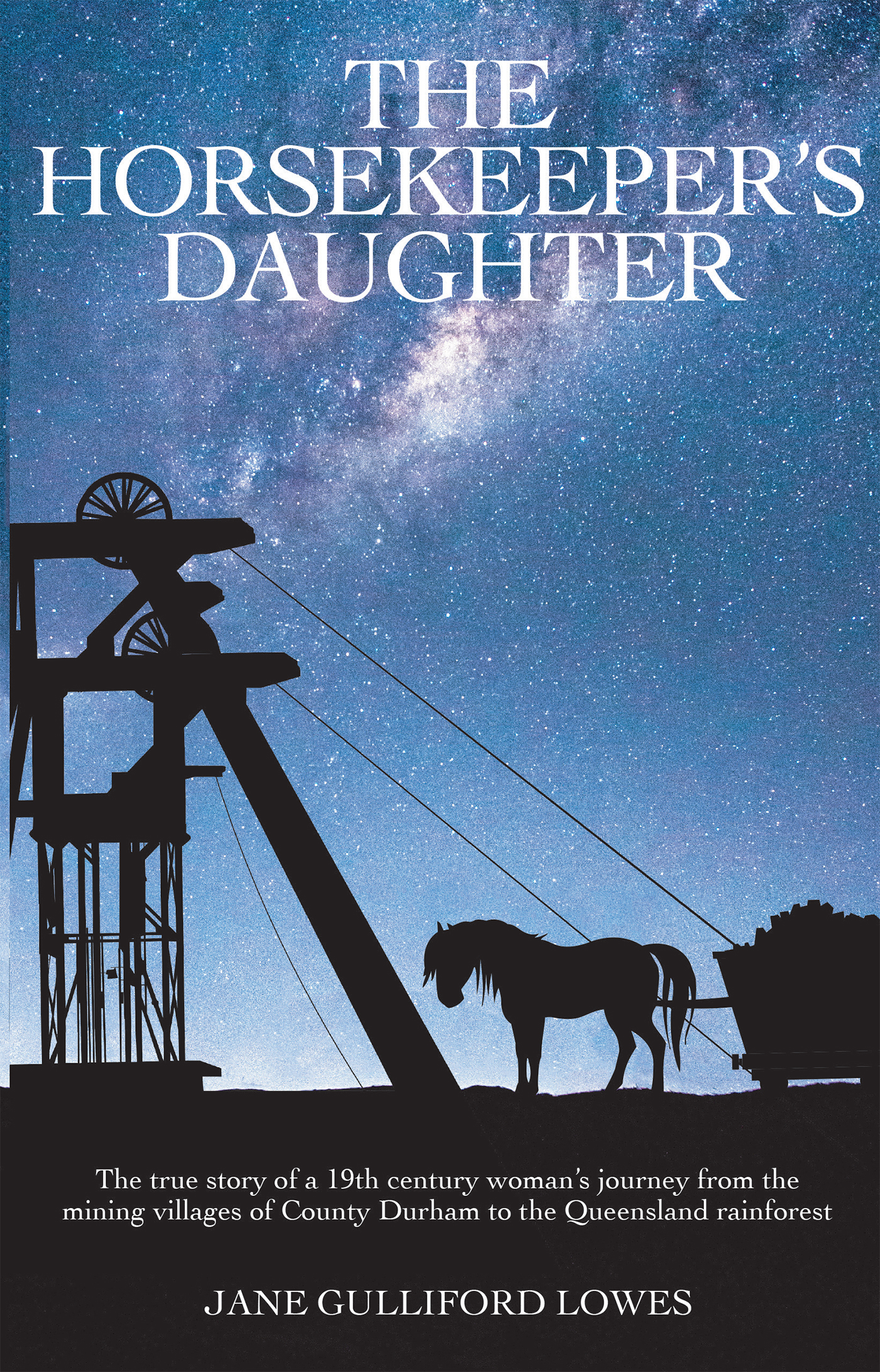
The
Horsekeepers
Daughter
Jane Gulliford Lowes
Copyright 2018 Jane Gulliford Lowes
The moral right of the author has been asserted.
Apart from any fair dealing for the purposes of research or private study, or criticism or review, as permitted under the Copyright, Designs and Patents Act 1988, this publication may only be reproduced, stored or transmitted, in any form or by any means, with the prior permission in writing of the publishers, or in the case of reprographic reproduction in accordance with the terms of licences issued by the Copyright Licensing Agency. Enquiries concerning reproduction outside those terms should be sent to the publishers.
Matador
9 Priory Business Park,
Wistow Road, Kibworth Beauchamp,
Leicestershire. LE8 0RX
Tel: 0116 279 2299
Email: books@troubador.co.uk
Web: www.troubador.co.uk/matador
Twitter: @matadorbooks
ISBN 9781788034968
British Library Cataloguing in Publication Data.
A catalogue record for this book is available from the British Library.
Matador is an imprint of Troubador Publishing Ltd
The Horsekeepers Daughter is dedicated to the memory of my grandfather, Jim Groark.
He made me curious about everything.
Acknowledgements
I always wanted to write a book, so I did; however, I am not a historian, nor am I a writer. This is not an academic work its simply a story I wanted to tell, a story that I hope others might enjoy. I have used my best endeavours with my historical research but if any of the facts are inaccurate, I bow to those with greater knowledge.
So many people have helped me tell this story, but in particular I wanted to thank the following:
In Australia, Gary Balkin if I hadnt spotted his article about the Campbells, there would be no book; Catherine and Rob Marsden for their unending kindness and generosity; Bob Campbell for all the help and information he provided, and for showing copies of the letters and photographs to his dad, Jimmy Campbell; Wendy King, whod already done so much research into the Campbells, for her superb research skills and for the numerous trips to the Queensland State Archive on my behalf; Muriel Shepherd at the Mount Tamborine Historical Society, and Margaret for showing me around the museum; Iain Hollindale for his wonderful book, Life and Cricket on the Coomera , for taking me to the Campbell farm and for showing me around Upper Coomera; Ann Rowley for locating the grave site; Coline Murphy for travelling all the way up to see me in Noosa with very helpful information about the Antrim Campbells; Kate Wall for her fabulous photography which inspired the cover of the book (you can see her work at ) and Kayla and Cheryl at the Local Studies Unit, City of Gold Coast Libraries, for helping source images of the Campbells and Bignells.
In England, my family, Marcus, Alan, Moira, Geoff and Robert, for their unending patience and support (moral and financial) for yet another of my mad schemes; Merry the spaniel for his constant companionship, being a general pest and draping his ears all over my keyboard; everyone from Seaton Village who helped with information, in particular Beatrice Lewis, Alyson Slater, Joyce Pescod, Joan Hutchinson (nee Boland) and Stafford Linsley for his very helpful comments and lecture notes on the history of Seaham; Brian Slee for historical photos; my late uncle George Clyde, for information about Edie Threadkell and Caroline Street sadly he passed away before the completion of this book; Ray Armbrister for information about his ancestors and St Mary the Virgin; all friends (you know who you are) who supported me through this project and put up with my endless ramblings and obsession with the story of Sarah Marshall, especially Alison Fawell, Jackie Stoker, and Jill Rose (for keeping me sane). Also, thanks to everyone who assisted in the production of the book, including my editor, Ben Watson; the staff at Durham Records Office/County Library for permission to use extracts from Troubled Seams by John McCutcheon; Jennifer Maine for the beautiful hand-drawn maps; and the staff at Matador Books.
Space in the book is limited but you can see more photographs relevant to the story on my website justcuriousjane.com.
Lets do it all again sometime.
Contents

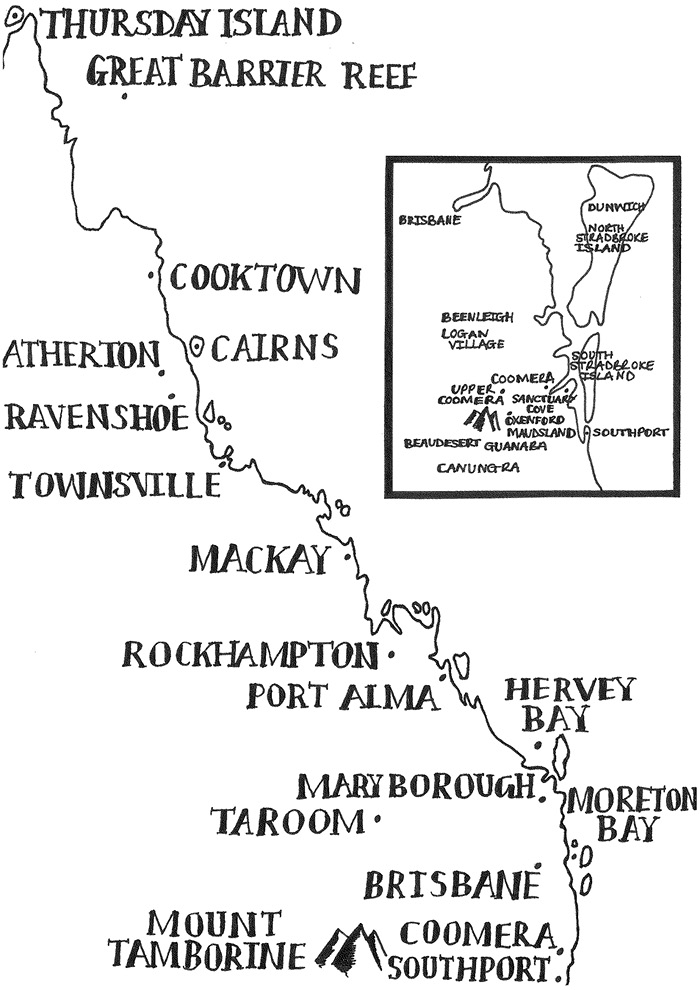
Pandoras Box
Its a shabby, tattered old thing, fairly nondescript the sort of mass-produced, cheap, old attach case you might find sitting abandoned in the corner of a charity shop or on the bric-a-brac table at the village jumble sale. Designed to look like leather, but in fact made of cardboard, it was stitched around the edges in an attempt to give it an air of quality. The spring had long since sprung from its two catches, which were rusted and stiff. The handle was loose and broken, and the faux leather covering had begun to peel away at the edges several lifetimes ago. Inside, the case was lined with a faded raspberry-pink paper with a geometric design, speckled with brown spots. Both the case and its contents smelled old, musty, the smell of antiquarian bookshops and forgotten memories.
This was Aunt Edies box. It had always been known as Aunt Edies box. For at least fifteen years it had lived in the storage compartment under the spare bed, surrounded by old bank statements and revision notes and rolls of wrapping paper. Once every few years, usually while looking for something else, I would stumble across it, and spend half an hour or so looking through its contents faded old photographs of vanished histories, of people I never knew and whose stories meant nothing to me. Letters, official documents, birth certificates, marriage certificates, death certificates, even wills; all that remained of the entire lives of long-dead strangers.
Aunt Edie wasnt my aunt at all. In fact, she wasnt anybodys aunt. Edie was one of those elderly ladies, known to all and beloved by most, a close friend of the family, who had, it seemed to me, been around forever. She was a friend to my great-grandmother, my grandmother and my mother. And they all called her Aunt Edie. Aunt a term of affection, a badge of honour, a title denoting ties of love and friendship where ties of blood do not exist. Is this a particularly North-Eastern thing, like stotties and plodging and proggy mats and haway? Growing up, I had numerous aunties, none of whom were even slightly related, but who were all close friends of my mother and grandmother.
Edie was a tall, stout woman with a kind face, a high-pitched gentle voice and thick ankles. She was one of those sorts of women who had always been old. Dressed in a housecoat and apron and slippers at least thats how I remember her she lived in a downstairs flat on a small housing estate in Seaham Harbour, between the railway line, the colliery and the sea, and was very deaf. Her house was full of curious knick-knacks and memories and every time I visited her I would ask to see the box. Off Edie would shuffle to the back room to fetch it. As a child I was fascinated with the olden days and would spend hours listening to my grandparents tales of growing up in Seaham Harbour in the 1920s and 30s. Edies little attach case was a treasure trove to me. It was Pandoras box.
Two photographs in particular captured my imagination. The first was of an elderly lady with a gentle smile, dressed in heavy, black Victorian garb, hands placed on a book upon her knees, her white hair tucked up in a pointed bonnet. As a very small girl I always thought she must have been a witch, though perhaps a kindly one. The second, a small sepia photograph with crimped and crumpled edges, of a group of Sunday School children, dressed in their Sunday best with unsmiling faces and frilly bonnets, with the date in the bottom corner 26th May 1912. I often wondered who these children were and how Edie came to have this photograph. There were vague mentions of relatives in Australia but she couldnt really remember.
Font size:
Interval:
Bookmark:
Similar books «The Horsekeepers Daughter»
Look at similar books to The Horsekeepers Daughter. We have selected literature similar in name and meaning in the hope of providing readers with more options to find new, interesting, not yet read works.
Discussion, reviews of the book The Horsekeepers Daughter and just readers' own opinions. Leave your comments, write what you think about the work, its meaning or the main characters. Specify what exactly you liked and what you didn't like, and why you think so.

